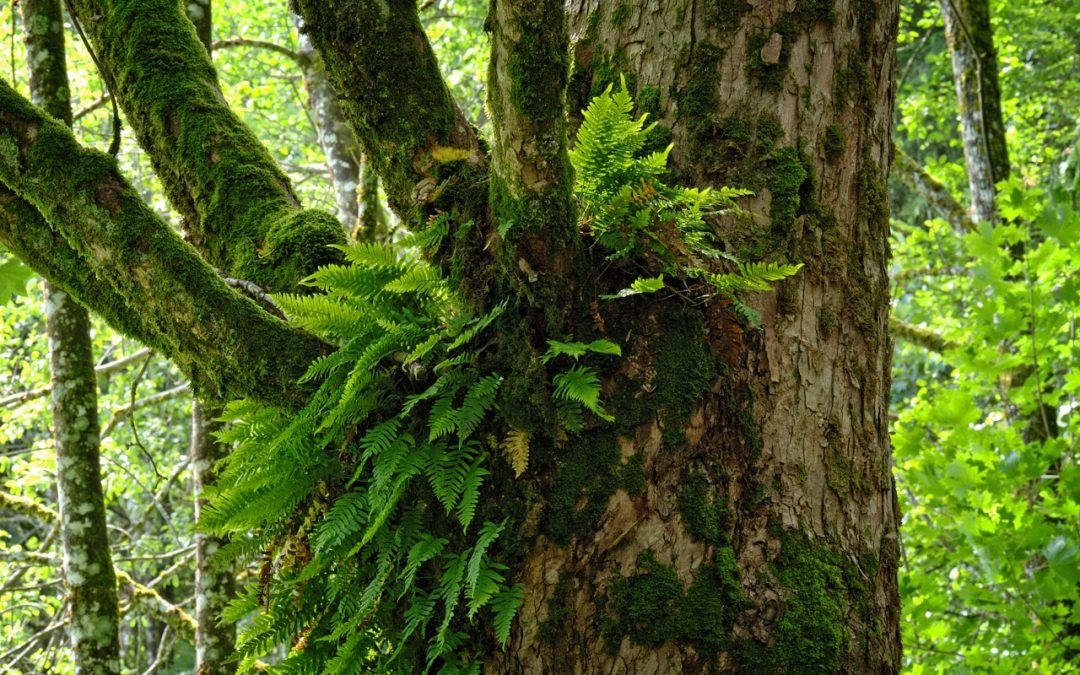An effective old growth strategy is one important part of a long-term forest asset stewardship plan to ensure nature’s endowment of forests best serve the public’s interests in changing times.
Effective old growth forest conservation, protection and management will be regionally representative, ecologically representative, and well positioned to provide resilience and recovery to stress in all forests, in this time of climate change.
The one constant is the land itself.
The fundamental purpose of forestry is to secure the optimum long-term benefits from our public forests.
The strongest strategy will be based on the knowledge that forests are complex natural systems adapted to local conditions of climate, soil, genetics and topography. When human purposes, legislation, policies and practices are aligned with this knowledge, our forests will best serve citizen’s needs.
Maintaining these outcomes will require exceptional forestry to perpetuate a diversity of forests, conserve fertile soil, maintain clean air, produce high quality water, grow high quality timber, ensure quality habitats for fish and wildlife and their populations, provide attractive outdoor recreation opportunities while generating income for citizens, in both short and long term.
A long-term old growth strategy will set direction for the future, based on accurate information on where we are now, while combining the best mix of forest assets in a plan that optimizes future opportunities.
